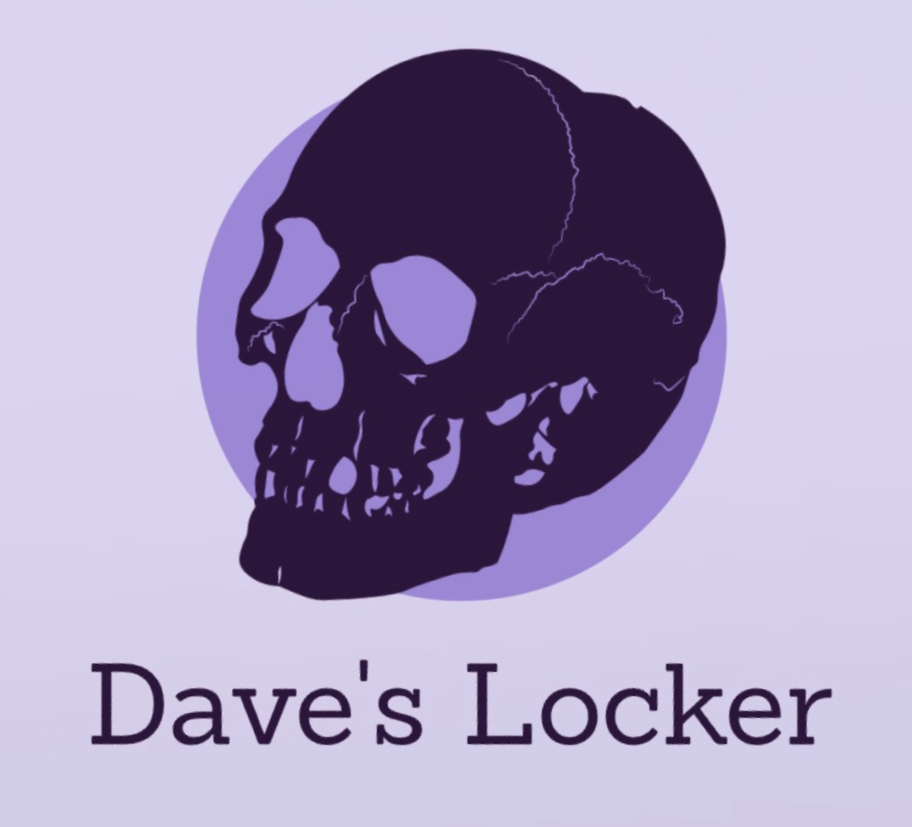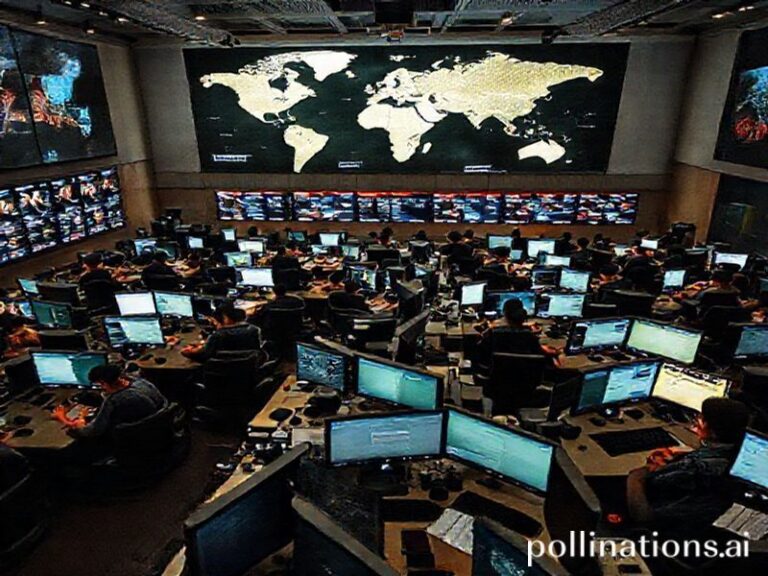Spring Forward, Fall Back, Repeat: Why Daylight Saving Time 2025 Is the Hottest (and Most Divisive) Topic of the Year
### **Spring Forward, Fall Back, Repeat: Why Daylight Saving Time 2025 Is the Hottest (and Most Divisive) Topic of the Year**
Ah, Daylight Saving Time (DST)—that biannual ritual where we collectively reset our clocks, question our sanity, and debate whether it’s actually worth the hassle. As we approach 2025, DST is trending globally, sparking memes, petitions, and passionate arguments across the internet. But why is this age-old time shift suddenly the talk of the town? Let’s break it down.
#### **The Cultural Context: A Love-Hate Relationship**
Daylight Saving Time has been around for over a century, originally introduced to save energy during World War I. The idea was simple: shift clocks forward in spring to extend evening daylight and back in fall to return to standard time. Sounds logical, right? Well, not quite. The reality is a bit messier.
Different countries adopt DST at different times, leading to a global patchwork of time changes. Some places, like Arizona and Hawaii in the U.S., opt out entirely, while others, like parts of Europe and Australia, stick to it religiously. This inconsistency has created a cultural divide—some people swear by the extra evening sunlight, while others curse the disruption to their sleep schedules.
#### **The Social Impact: Sleep Deprivation and Productivity Wars**
The most immediate impact of DST is the collective groaning that follows the time change. Studies have shown that losing an hour of sleep can lead to increased accidents, decreased productivity, and even a spike in heart attacks. (Yes, really.) The internet has turned this into a meme goldmine, with tweets and posts about the “DST hangover” flooding social media every spring.
But it’s not just about sleep. DST also affects businesses, schools, and daily routines. Parents debate whether kids should adjust to the new schedule immediately or ease into it. Employers grapple with how to manage work hours during the transition. And let’s not forget the eternal question: Do we really save energy, or is this just a relic of a bygone era?
#### **Why It’s Trending in 2025**
So, why is DST trending now? For starters, the debate over whether to abolish DST has intensified. Countries like the U.S. and EU have flirted with the idea of making the change permanent, but political gridlock and public opinion have stalled progress. In 2025, the conversation is heating up again, with petitions, social media campaigns, and even legislative proposals pushing for change.
Additionally, the rise of remote work and global connectivity has made time zones even more confusing. With teams spread across different regions, the biannual clock shift adds another layer of complexity to scheduling meetings and deadlines. The internet, ever the amplifier of collective frustration, has turned DST into a unifying (or dividing) topic of discussion.
#### **The Significance: A Symbol of Modern Life**
At its core, the DST debate is about more than just clocks. It’s a reflection of our relationship with time, technology, and tradition. In an era where we’re constantly connected, the idea of artificially shifting time to “save” daylight feels increasingly outdated. Yet, the resistance to change is strong, proving that old habits die hard.
As we approach 2025, the DST trend is a reminder that even the smallest disruptions can spark big conversations. Whether you’re a DST fan or a staunch opponent, one thing is clear: this debate isn’t going away anytime soon. So, set your clocks, brace for the inevitable groans, and enjoy the ride—because in the world of internet culture, DST is the gift that keeps on giving.
—







